How effective is your organization at leveraging data and analytics to power your business models?
This question is surprising hard for many organizations to answer. Most organizations lack a roadmap against which they can measure their effectiveness for using data and analytics to optimize key business processes, uncover new business opportunities or deliver a differentiated customer experience. They do not understand what’s possible with respect to integrating big data and data science into the organization’s business model (see Figure 1).
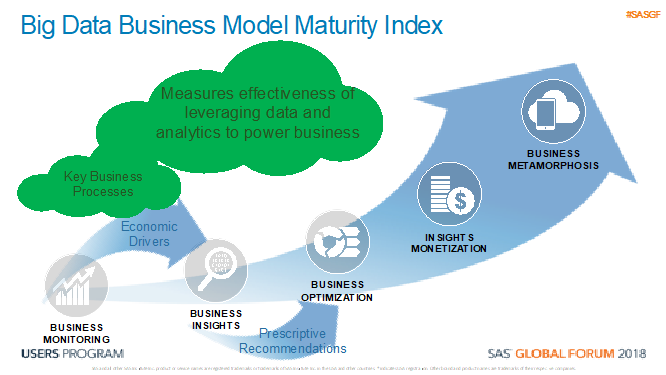
My SAS Global Forum 2018 presentation on Tuesday April 10, 2018 will discuss the transformative potential of big data and advanced analytics, and will leverage the Big Data Business Model Maturity Index as a guide for helping organizations understand where and how they can leverage data and analytics to power their business models.
Digital Twins, Analytics Profiles and the Power of One
We all understand that the volume and variety of data are increasing exponentially. Your customers are leaving their digital fingerprints across the Internet via their website, social media, and mobile devices usage. The Internet of Things will unleash an estimated 44 Zettabytes of data across 7 billion connected people by 2020.
However, big data isn’t really about big; it’s about small. It’s about understanding your customer and product behaviors at the level of the individual. Big Data is about building detailed behavioral or analytic profiles for each individual (see Figure 2).
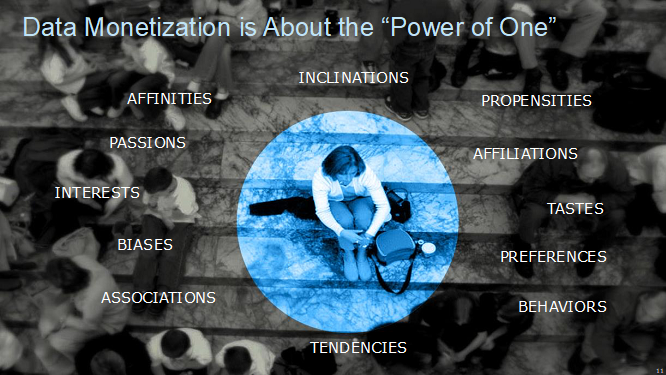
If you want to better serve your customers, you need to understand their tendencies, behaviors, inclinations, preferences, interests and passions at the level of each individual customer.
Customers’ expectations of their vendors are changing due to their personal experiences. From recommending products, services, movies, music, routes and even spouses, customers are expecting their vendors to understand they well enough that these vendors can provide a hyper-personalized customer experience.
Demystifying Data Science (AI | ML | DL)
Too many organizations are spending too much time confusing too many executives on the capabilities of data science. The concept of data science is simple; data science is about identifying the variables and metrics that might be better predictors of business and operational performance (see Figure 3).
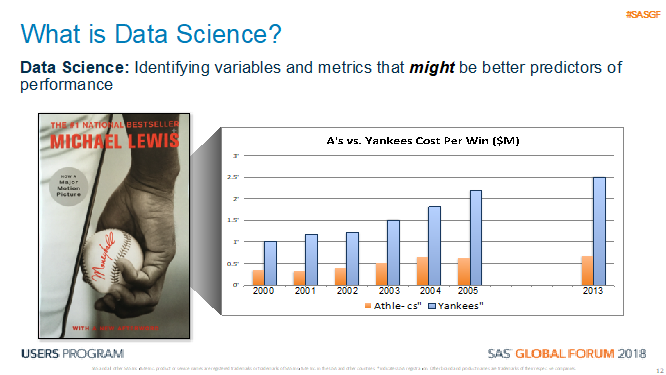
Whether using basic statistics, predictive analytics, data mining, machine learning, or deep learning, almost all of data science benefits are achieved from the simple formula of: Input (A) → Response (B).
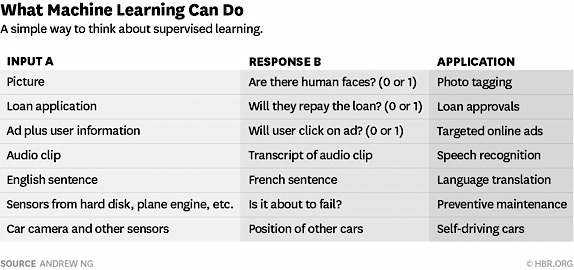
By collaborating closely with the business subject matter experts to choosing Input (A), those variables and metrics that might be better predictor of performance, the data science team can achieve more accurate, more granular, lower latency Response (B). And the creative creation and selection of Input (A) creatively has already revolutionized many industries, and is poised to revolutionize more.
Data Monetization and the Economic Value of Data
Data is an unusual asset – it doesn’t deplete, it doesn’t wear out and it can be used across an infinite number of use cases at near zero marginal cost. Organizations have no other assets with those unique characteristics. And while traditional accounting methods of valuing assets works well with physical assets, account methods fall horribly – dangerously – short in properly determining the economic value of data.
Instead of using traditional accounting techniques to determine the value of the organization’s data, apply economic and data science concepts to determine the economic value of the data based upon it’s ability to optimize key business and operational processes, reduce compliance and security risks, uncover new revenue opportunities and create a more compelling, differentiated customer experience (see Figure 4).
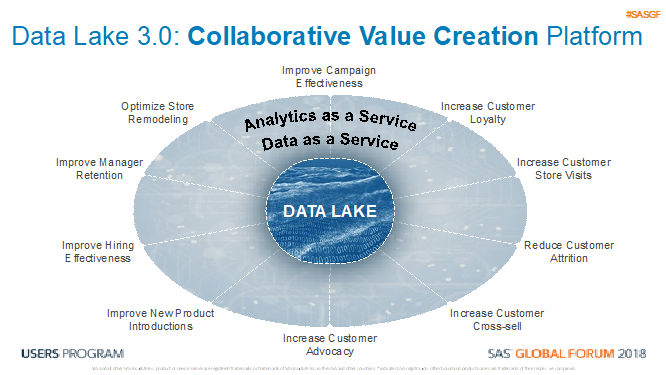
The data lake, which can house both data and analytic models, is transformed from a simple data repository into a “collaborative value creation platform” that facilities the capture, refinement and sharing of the data and analytic digital assets across the enterprise.
Creating the Intelligent Enterprise
When you add up all of these concepts and advancements – Big Data, Analytic Profiles, Data Science and the Economic Value of Data – organizations are poised for digital transformation (see Figure 5).
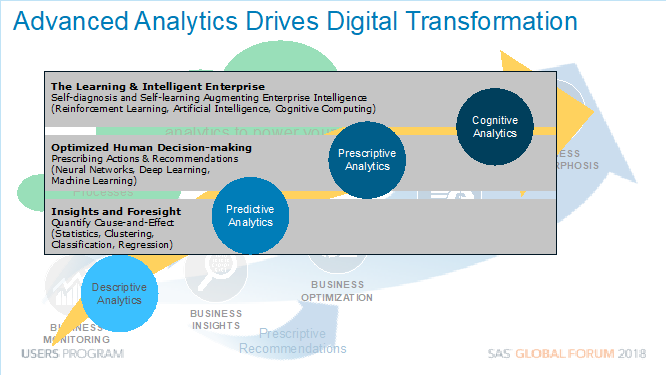
And what is Digital Transformation?
Digital Transformation is application of digital capabilities to processes, products, and assets to improve efficiency, enhance customer value, manage risk, and uncover new monetization opportunities.
Looking forward to seeing you at my SAS Global Forum 2018 session and helping your organizations on its digital transformation!

1 Comment
Schmarz ....
Hi. I attended your Session at the SAS Global Forum. I am wondering if you can share your presentation, I didn't find it posted with the other papers on the SAS GF proceedings page.